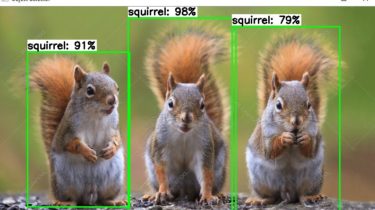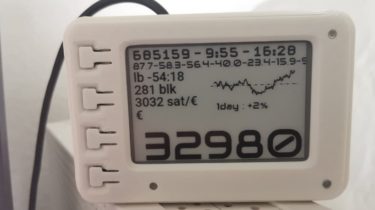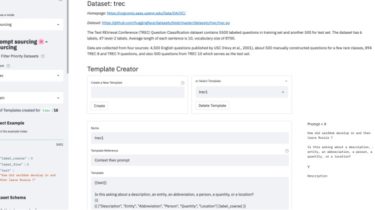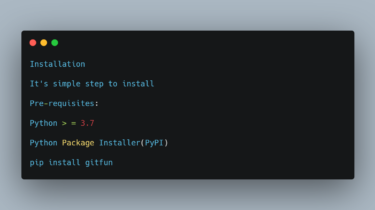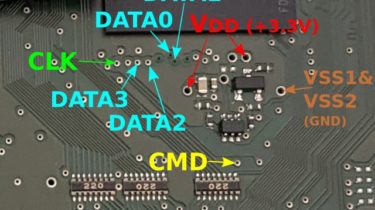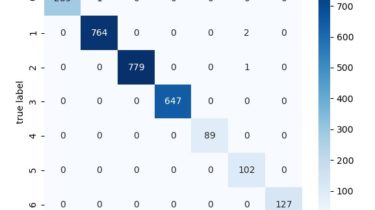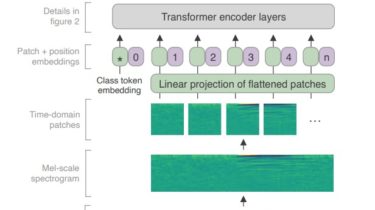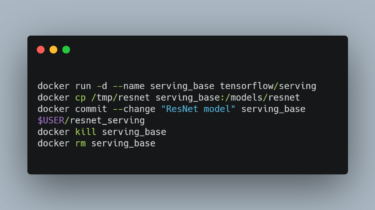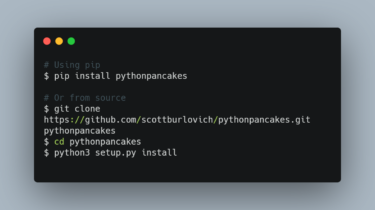Run object detection model on the Raspberry Pi
Raspberry-Pi-TF-Lite-Object-Detection Using TensorFlow Lite with Python is great for embedded devices based on Linux, such as Raspberry Pi. This is the guide for installing TensorFlow Lite on the Raspberry Pi and running pre-trained object detection models on it. Step 1. Setting up Rasperry Pi Upgrade Raspbian Stretch to Buster (If you on Buster, skip this step and simply run sudo apt-get update and sudo apt-get dist-upgrade) $ sudo apt-get update && sudo apt-get upgrade -y Verify nothing is wrong. Verify […]
Read more